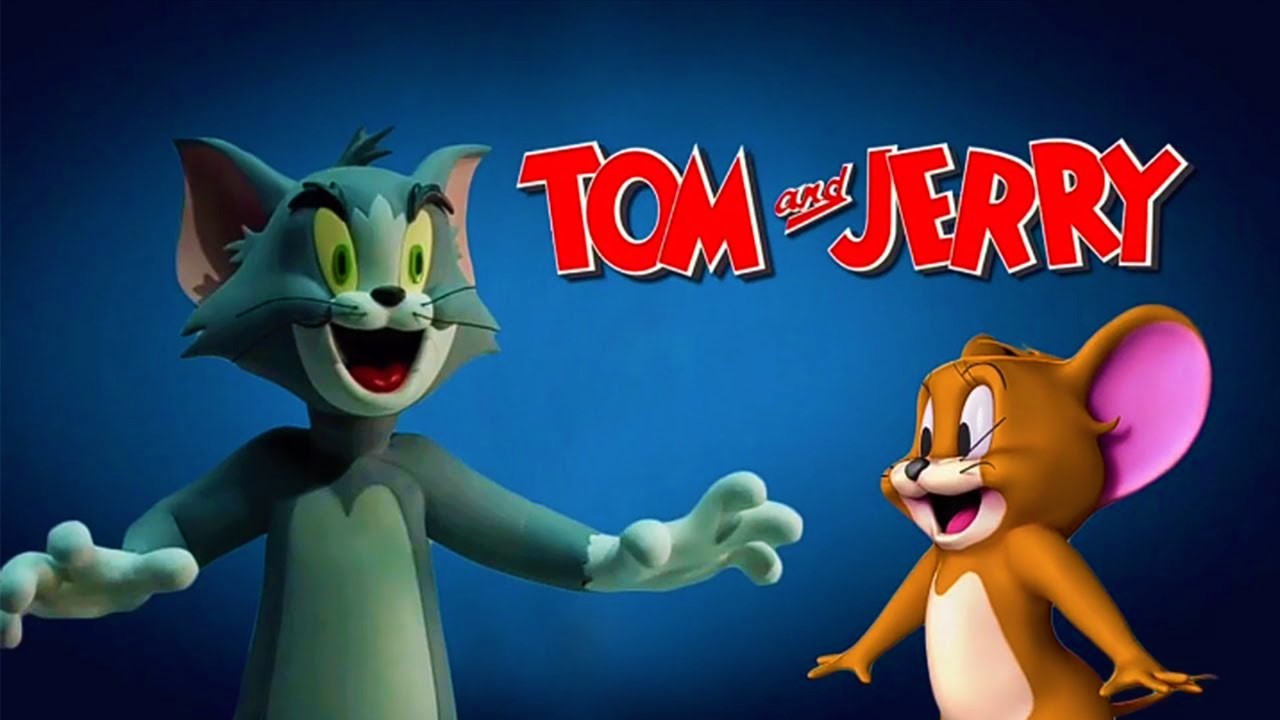

That’s part of the wonder of TOEM: nothing demands urgency. In these instances, it’s usually best to leave and come back later. I took pictures, got my tripod out, honked, stared at what I thought they wanted-I just couldn’t do it.
Toem review how to#
Occasionally, I became frustrated for the briefest of moments as I didn’t fully understand how to execute what someone was asking for. I mean, could you be more specific? The answer is yes so far. On the whole, TOEM is a healthy marriage of visuals, music, and writing to achieve the feel it sets out to. I’m not sure why the music doesn’t continue, or a separate track doesn’t begin-it would certainly be preferable-but this is a minor grievance against the hit to immersion. Of course, what’s a chill video game without relaxing music? TOEM has tunes that fit the world and atmosphere exceptionally well, though sometimes when shifting between places, the music just stops, and I was met with silence.

Extraneous amenities offer a sense of place and personality that clinch the vibes. Most locations are well-decorated and feel like homes or forests or whatever they’re supposed to represent. The little stick-arm people and bold, black lines bring this world to life. TOEM meets the challenge and exudes charm. To pull off the minimalistic look is even more challenging these days.

Toem review professional#
Minimalistic graphics are a tiring trend in indie games, and while I sympathize with developers’ inability to find (or pay for) professional graphic designers, games usually need to look good. So much going on, but all I see are smiles. Attire changes the look of the lead and can even offer abilities, such as seeing ghosts or going underwater. Sometimes just staring at something with the zoom feature is all that’s needed. Eventually, it gets decked out with toys like a horn or a tripod to assist in some quests. The camera does a little more than simply take pictures, though. Most locations boast 13 to 16 or so quests, and after achieving about half of those, the bus dude gives you your ticket to go to the next place. Each NPC has a surface-level personality that executes capably in this miniature format. Five or so destinations exist with bite-size quests until our friend reaches the TOEM, whatever that is. Examples of these tasks involve assisting with marketing campaigns, capturing wildlife in the woods, seeking mythic creatures, etc. Of course, to do so, our friend has to work their way across the land through bus rides, but to earn the ticket to ride the bus, they must help the denizens of key locations using their trusty camera. TOEM tasks our little hero with following a family tradition of taking a picture of the fabled TOEM. TOEM is the latter example, and it pulls off the vibes with precision. These types of games have us playing for a couple of hours to climb a mountain, nurture a farm, or simply take pictures for our friends. Yet another type of game has increasingly grown in popularity: chill, relaxing micro-adventures. Other games allow us to process emotions through art or grow in how we view the world, oftentimes in terms of building relationships, witnessing someone else struggle with some psychological illness, or living through the memories of an old man. Lead an army, save a village, kill the Evil One (™). Video games are often cited as exceptional, engaging ways to experience adventures we couldn’t otherwise.


 0 kommentar(er)
0 kommentar(er)
